Credits
Feature by: Rumsey Taylor, Cullen Gallagher, Victoria Large, David Carter, Evan Kindley, Michael Nordine, and Lindsay Peters
Posted on: 20 June 2011
Vincent Price’s career spans over a half-century, which is significant considering just how expansive and varied cinema grew during its tenure. It follows the wane of the Universal monster movies of the 1930s, 60s Euro horror (which saw the work of Mario Bava and Jesus Franco, among others, exported around the globe), the inception of Hollywood blockbusters, and the advent of music videos in the 1980s. Price would successfully find employment in each of these movements and others, advancing nimbly between genres and eras. All the while, Price would remain distinct in each of his roles, characterized by two caret-like eyebrows, an inimitably ominous voice, and a grin that seems to stretch beyond conclusion—traits that would inevitably endear him to the horror genre.
Price’s foray into horror began in the 1930s, in which he supported Boris Karloff in Tower of London (a film that was later remade in 1962 with Price in the lead role). In the subsequent decade he would appear in drive-in staples House of Wax and The Fly, as well as two of William Castle’s gimmick films, House on Haunted Hill and The Tingler.
It was the 1960s that would house Price’s most recognized and accomplished works. In 1960 he starred in the first of seven adaptations of Edgar Allen Poe short stories, each directed by Roger Corman and penned by Richard Matheson, before proceeding to a series of teen movies with Dr. Goldfoot and the Bikini Machine. Most of Price’s work from this period originates from the United States, and establishes a counterpoint to the comparatively more straight-faced efforts of Peter Cushing and Christopher Lee, two other stalwart genre actors with long-established careers themselves. But whereas his British colleagues seldom ventured outside of their home country or the horror genre during this time, Price demonstrated a proclivity for camp, comedy, and self-parody, and would round out the decade with celebrated appearances on a nascent Hollywood Squares and a recurring role as the pun-prone villain Egghead in the 1960s Batman television series. Nonetheless, the 60s saw what is arguably Price’s most sinister horror effort, a worthy peer to Cushing and Lee’s comprehensive and more popular work for Hammer films: Michael Reeves’ 1968 horror film, Witchfinder General.
For the next two weeks, we’ll be highlighting Vincent Price’s career and concentrating on his 1960s output, in anticipation of our forthcoming screening of Witchfinder General at 92YTribeca on June 25th.
Introduction by Rumsey Taylor
By Rumsey Taylor, Cullen Gallagher, Victoria Large, David Carter, Evan Kindley, Michael Nordine, and Lindsay Peters ©2011 NotComing.com
Reviews
-
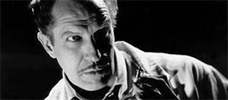
The Tingler
1959 -
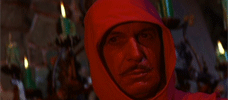
The Masque of the Red Death
1964 -
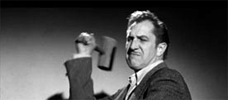
The Last Man on Earth
1964 -
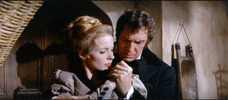
The Tomb of Ligeia
1964 -
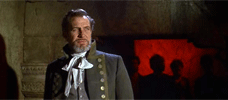
War-Gods of the Deep
1965 -
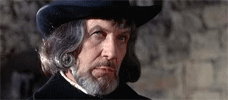
Witchfinder General
1968 -
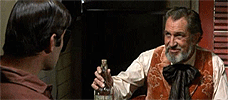
More Dead Than Alive
1969 -
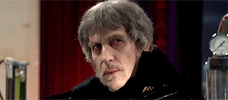
The Abominable Dr. Phibes
1971 -
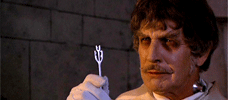
Dr. Phibes Rises Again!
1972 -
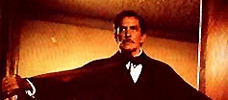
Theatre of Blood
1973
We don’t do comments anymore, but you may contact us here or find us on Twitter or Facebook.



